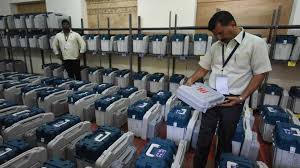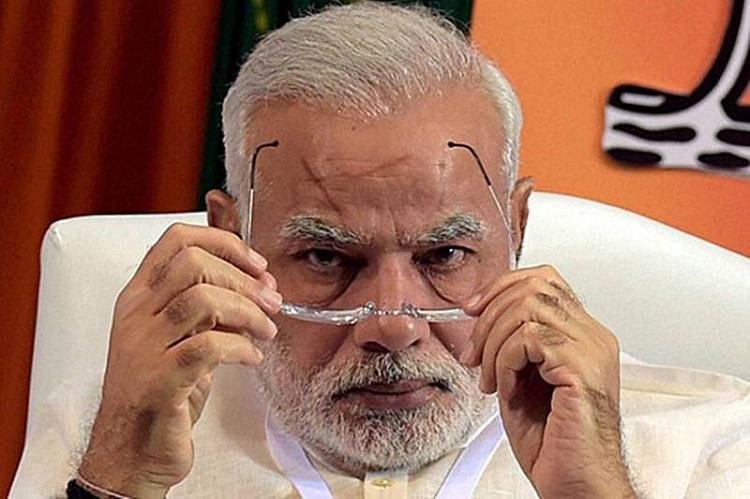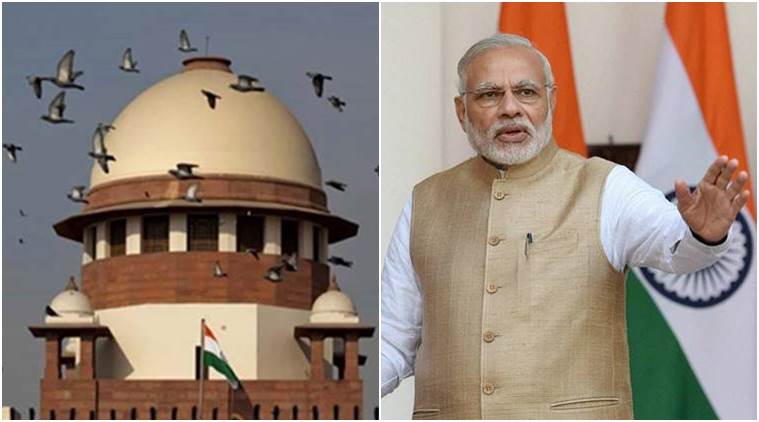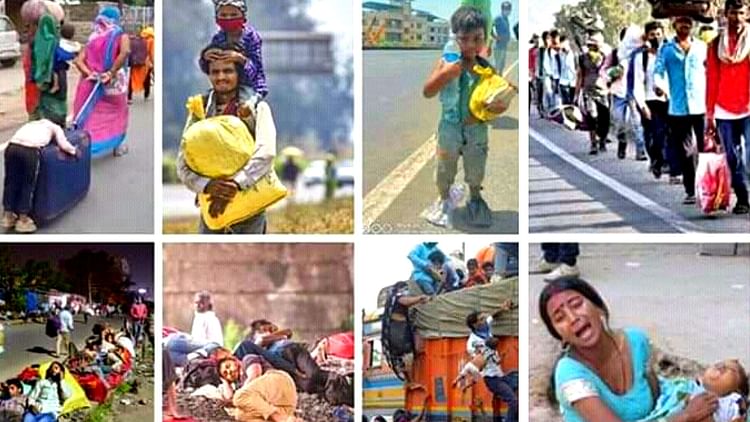The Supreme Court on Monday adjourned a plea by 21 opposition parties seeking 50% VVPAT count, and gave them until April 8 to file response to the Election Commission’s affidavit.
With less than a fortnight left for the first phase of the general elections to be held on April 11, the court sought the response, even as the EC in its affidavit on March 29, had urged for allowing the present system for the imminent elections.
The Bench of Chief Justice Ranjan Gogoi and Justice Sanjiv Khanna adjourned the hearing to next Monday on their counsel Abhishek Manu Singhvi seeking time for filing a rejoinder.
The EC had sought rejection of the PIL of 21 parties in an affidavit on Friday on the ground that any change is not feasible at this late hour when polling in the first phase of the Lok Sabha elections are already slated on April 11.
It had taken the stand that counting of 50% slips will delay declaration of results by six days and even eight to nine days in the constituencies with large number of polling stations. It said there will be further delay as there will also likely be demand for recount of the VVPAT slips.
Read More : EC Tells SC: Can Only Do 4,125 VVPATs Counting That Works Out To 0.4%
Urging the court to continue the present system “for the imminent elections” as it has no time to retrain the polling staff, the EC affirmed that the PIL “does not raise any new ground or base for altering” the existing system of sample checking. It asserted that “after due studies and tests it has arrived at the conclusion that the method as presently adopted has been found to be most suitable”.
Finding nothing new in the plea by the 21 political parties, its affidavit said: “… issues raised in the instant petitions are matters that have already been considered, studied and determined by the Election Commission and have since culminated in adopting the course of conduct of the imminent elections in the present manner.”
Defending the EVMs, the polling body has said that “EVMs have completely eliminated the problem of invalid votes, which were in many cases more than the winning margin” in many constituencies, substantially reduced the incidence of booth capturing during elections, and reduced the incidence of manual error in counting, which was earlier responsible for various disputes and demands for re-count.”









